Here we blog about our research on taxonomy with a special emphasis on cryptic species, which is at present done by PhD and Master theses.
Category: Taxonomy
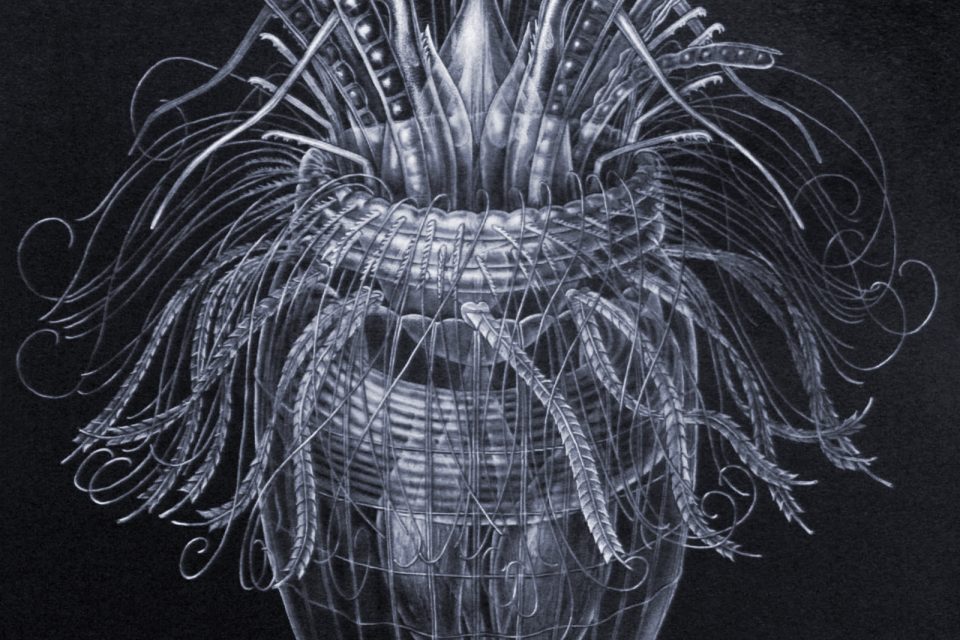
Group of the month: Loricifera
For April’s group of the month, we’re tackling a whole phylum! As phyla go, Loricifera are one of the newer kids on the block, having been first discovered in only 1983. Since then, 44 species have been named, ranging from France to Antarctica to Japan, and more are […]
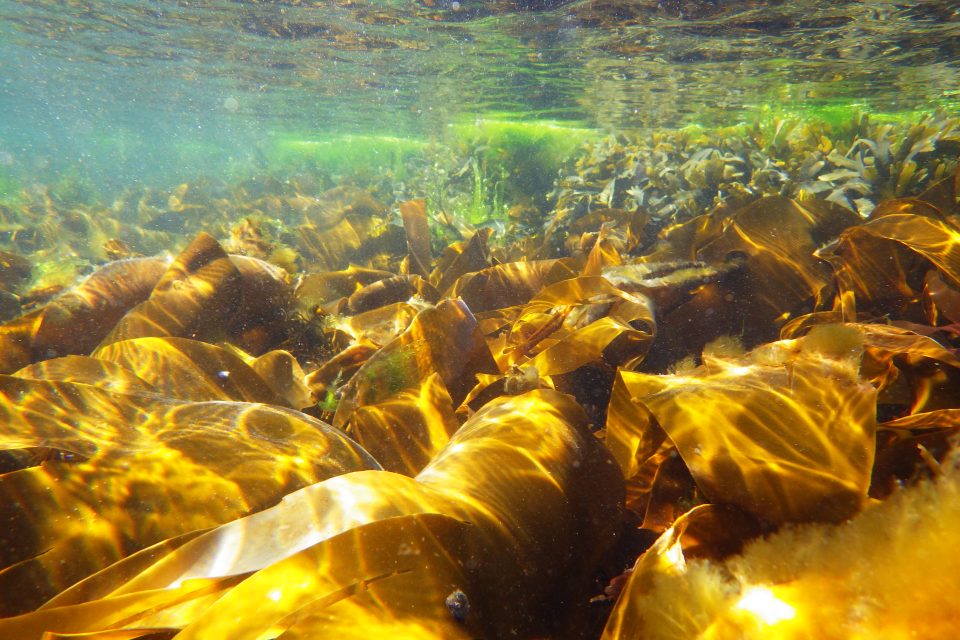
First ArtsDatabanken project successfully finished – now the work begins
The first ArtsDatabanken of our group member Torsten Struck finished successfully this month. The project was “Biodiversity in the marine algae belt” together with collaborators from the University of Skøvde (Sweden), University of Gothenborg (Sweden), Humboldt-University Berlin (Germany) and University of Bonn (Germany). The project started four years […]

Det første ArtsDatabanken-prosjektet er vellykket avsluttet – nå begynner arbeidet
Det første ArtsDatabanken-prosjektet til vårt gruppemedlem Torsten Struck ble avsluttet med suksess denne måneden. Prosjektet var «Biodiversitet i det marine algebeltet» sammen med samarbeidspartnere fra Universitetet i Skøvde (Sverige), Universitetet i Gøteborg (Sverige), Humboldt-universitetet i Berlin (Tyskland) og Universitetet i Bonn (Tyskland). Prosjektet startet for fire år siden, […]
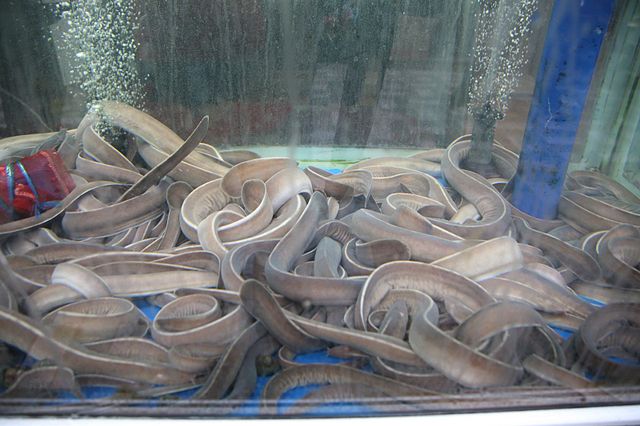
Stories from Slime Eels: How the Hagfish Helps Us Understand Humans
Hagfish, or “Slime Eels” (Slimåler in Norwegian, helpfully), are a group of deep-sea living fish that are most famous for the truly apocalyptic amounts of slime they can release when disturbed. In South Korea, they are eaten as a delicacy (and they are very nice – a bit […]
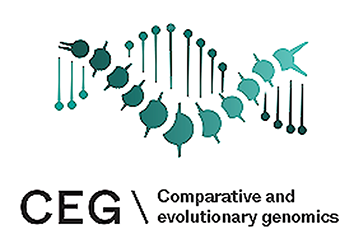
New year – new name; FEZ is now CEG
As written in our last blog of the advent calendar, we had many changes already last year with a new group leader and a new group webpage, which we is still develop further this year. However, another change becoming effective this year is that we change the name […]
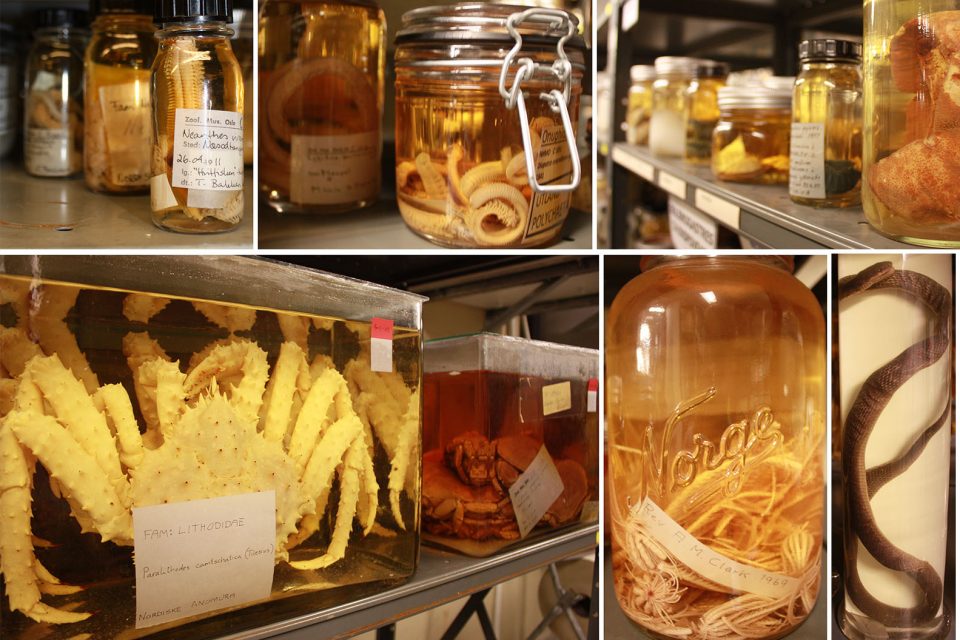
Raising the treasure of the collections for barcoding
The Biodiversity Genomic Europe (BGE) project has three streams dealing with the biodiversity crisis. In the blog so far, we have mostly presented about one stream, the European Reference Genome Atlas (ERGA) one concentrating on the genomic side of the project. However, another stream is concentrating on the […]

Door 13: The diversity of tasks for a PhD-student at NHM
Today is the 13th of December, as today I have chosen a different aspect of “diversity” namely the diversity of tasks a PhD-student at the Natural History museum can and have to do. Being a PhD-student involves a rollercoaster of emotions and a very diverse, flexible, demanding and […]
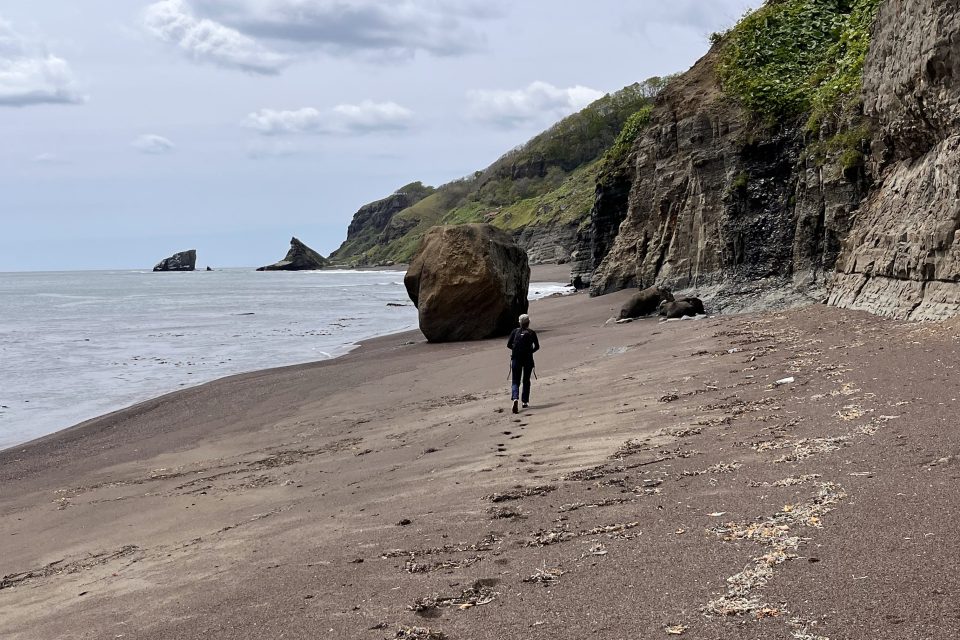
Beetle hunt in Japan – spring 2023
One of the best things with being a PhD-student at the Natural History Museum is the chance to do fieldwork. Most of our group members are doing fieldwork regularly to collect new material and to expand our collections. Unfortunately, the pandemic put a hold on many such plans, […]
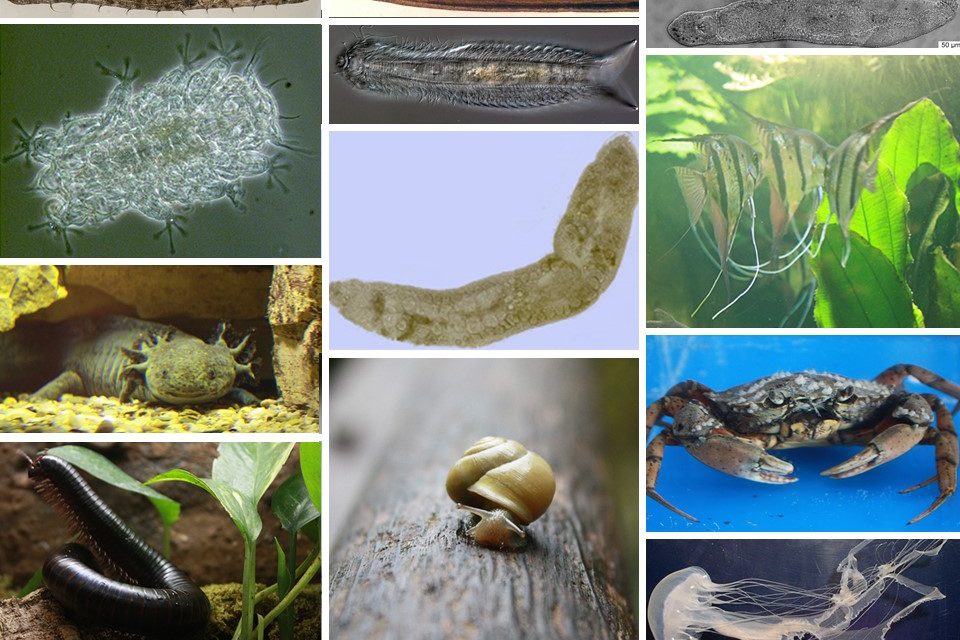
Systematics and ecosystem function – can they go together?
In the summer of last year, Zoologica Scripta organized an international symposium around the topic of ‘The role of systematics for understanding ecosystem functions’ in the premises of Norwegian Academy of Sciences and Letters in Oslo. The symposium aimed at offering a forum for exploring and discussing trends […]
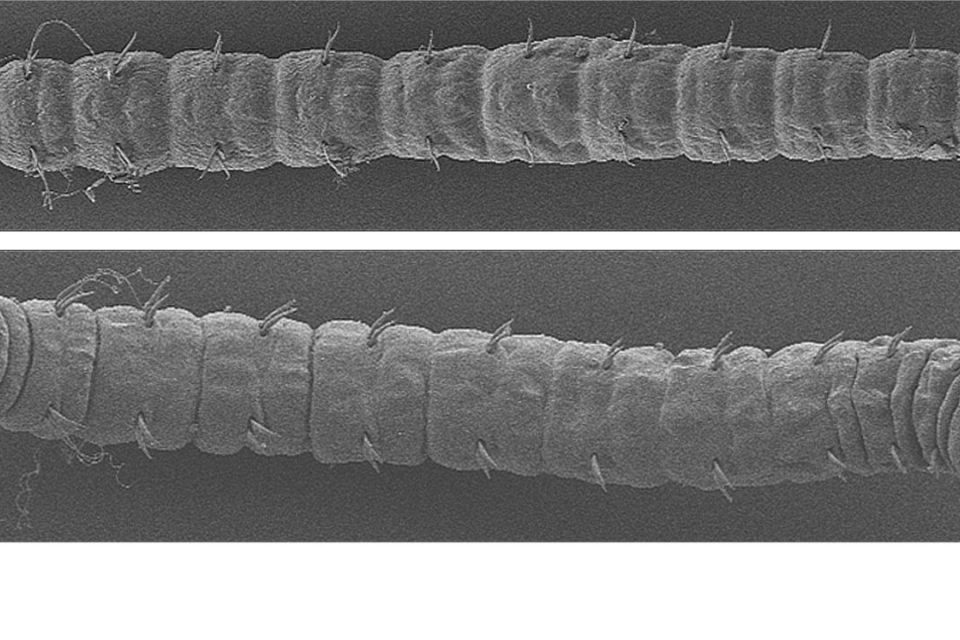
Group of the month: Parergodrilidae (Annelida)
This month’s ”Group of the month” is a bit of shameless self-promotion. I will present an animal group today, where we conduct quite a lot of research on. However, it is nonetheless really interesting and worth to learn more about it. The family Parergodrilidae belongs to the annelids […]